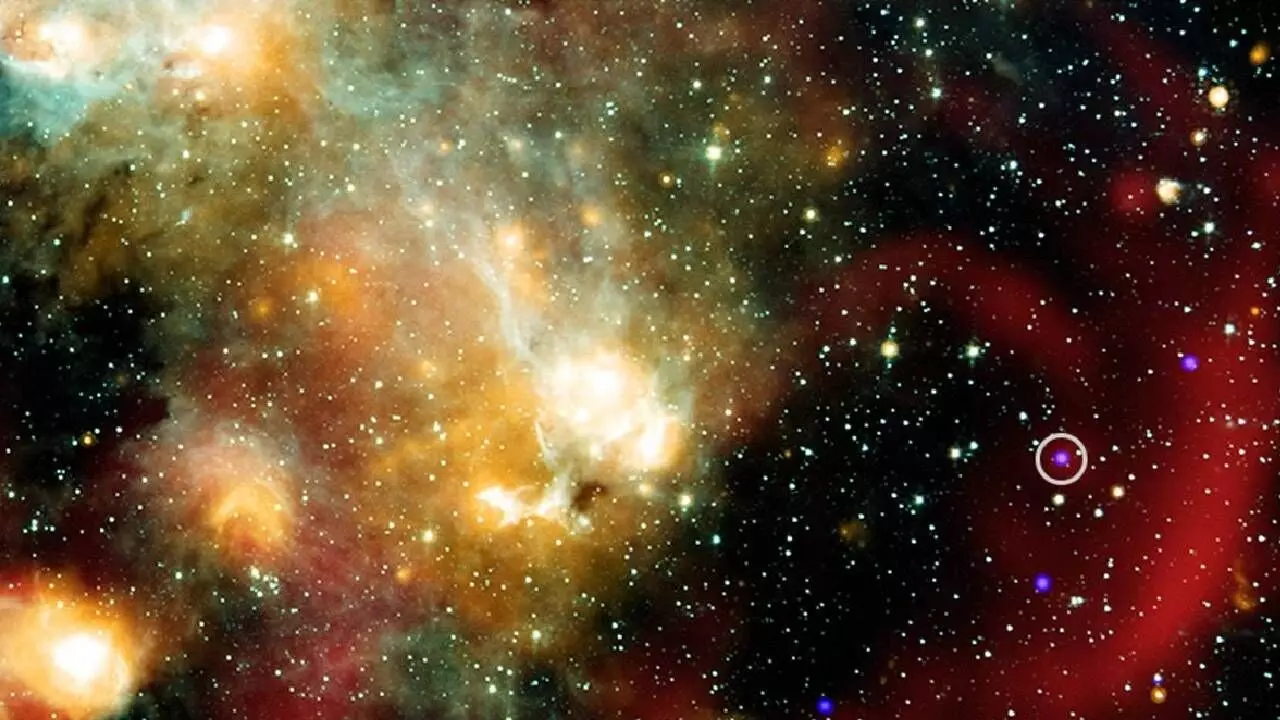Space Mystery: Unknown Space Phenomenon Emits X-Ray and Radio Waves in 44-Minute Cycles
Scientists discovered ASKAP J1832-0911, a unique long-period radio transient in the Milky Way, emits unusual radio pulses and x-rays every 44 minutes.
Space Mystery: Unknown Space Phenomenon Emits X-Ray and Radio Waves in 44-Minute Cycles

Scientists have identified a peculiar object in the Milky Way, approximately 15,000 light years from Earth, that behaves unlike anything observed before. ASKAP J1832-0911, a mysterious source is emitting pulses of radio waves and X-rays continuously for two minutes every 44 minutes.
Initially discovered by NASA’s Chandra X-ray Observatory, ASKAP J1832-0911 falls under the category of “long period radio transients” (LPTs), known for emitting strong radio waves over extended periods of tens of minutes. NASA notes that these emissions last thousands of times longer than the typical pulses emitted by pulsars, fast-spinning neutron stars. Curtin University researcher and team leader Zieng (Andy) Wang commented, “Discovering that ASKAP J1832-0911 was emitting X-rays felt like finding a needle in a haystack. The ASKAP radio telescope has a wide field view of the night sky, while Chandra observes only a fraction of it. So, it was fortunate that Chandra observed the same area of the night sky at the same time.”
Since their discovery in 2022, LPTs have been known as cosmic bodies that produce radio pulses at intervals ranging from minutes to hours. Astronomers have identified around 10 such objects, but say ASKAP J1832-0911 is truly one of a kind.
With the help of Chandra, researchers have discovered that ASKAP J1832-0911 emits X-rays that vary regularly every 44 minutes, marking it as the first long-period radio transient observed to exhibit such behavior. So far, scientists remain uncertain about the mechanisms behind these signals and why LPTs alternate between active and inactive phases at both predictable and unpredictable intervals.
According to the researchers, ASKAP J1832-0911 is a dead star, though its exact type remains unknown. Some propose it could be a magnetar—the highly magnetic core of a dead star—while others suggest it might be a binary system, with one star being a highly magnetized dwarf.

